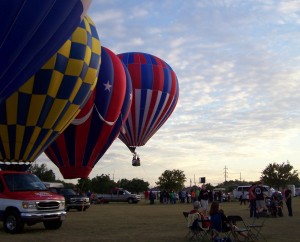A lady of certain years by the time she became moderately famous, Angelina Belle Peyton was born in the last years of the 18th century in Sumner County, Tennessee. For a decade or so Tennessee would be the far western frontier, but by the time she was twenty and newly married to her first cousin, John Peyton, the frontier had moved west. Texas beckoned like a siren and eventually, the Peytons settled in San Felipe-on-the-Brazos, the de facto capitol of the American settlements in Texas. They would open an inn, and raise three children, before John died in 1834. She would continue running the inn in San Felipe on her own for another two years, until history intervened.
texas
Lone Star Glory
It was always hoped, among the rebellious Anglo settlers in the Mexican state of Coahuila y Tejas that a successful bid for independence from the increasingly authoritarian and centralist government of General Antonio Lopez de Santa Anna would be followed promptly by annexation by the United States. Certainly it was the hope of Sam Houston, almost from the beginning and possibly even earlier just as much as it was the worst fear of Santa Anna’s on-again off-again administration. Flushed with a victory snatched from between the teeth of defeat at San Jacinto, and crowned with the capture of Santa Anna himself, the Texians anticipated joining the United States. But it did not work out at least not right away. First, the then-president Andrew Jackson did not dare extend immediate recognition or offer annexation to Texas, for to do so before Mexico or anyone else recognized Texas as an independent state would almost certainly be construed as an act of war by Mexico. The United States gladly recognized Texas as an independent nation after a decent interval, but held off annexation for eight long years. It was political, of course the politics of abolition and slavery, the bug-bear of mid-19th century American politics.
Frontier Surgeon or Ferdinand and Hermann’s Excellent Frontier Adventure
The practice of medicine in these United (and for the period 1861-1865, somewhat disunited) States was for most of the 19th century a pretty hit or miss proposition, both in practice and by training. That many sensible people possessed pretty extensive kits of medicines – the modern equivalents of which are administered as prescriptions or under the care of a licensed medical professional – might tend to indicate that the qualifications required to hang out a shingle and practice medicine were so sketchy as to be well within the grasp of any intelligent and well-read amateur, and that many a citizen was of the opinion that they couldn’t possibly do any worse with a D-I-Y approach. Such was the truly dreadful state of affairs generally when it came to medicine in most places and in all but the last quarter of the 19th century they may have been better off having a go on their own at that.
Most doctors trained as apprentices to a doctor with a current practice. There were some formal schools of medicine in the United States, but their output did not exactly dazzle with brilliance. Successful surgeons of the time possessed two basic skill sets; speed and a couple of strong assistants to hold the patient down, until he was done cutting and stitching. Most of the truly skilled doctors and surgeons had their training somewhere else – like Europe.
But in San Antonio, from 1850 on – there was a doctor-surgeon in practice, who ventured upon such daring medical remedies as to make him a legend. His patients traveled sometimes hundreds of miles to take advantage of his skill …
In Translation
Ever since I finished the Adelsverein Trilogy, I’ve wanted to have a German language version out there.

